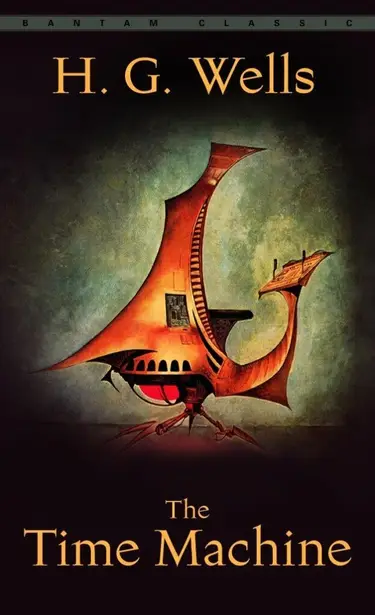The Time Machine

The Time Traveller gathers a group of acquaintances at his home and demonstrates his invention. He then embarks on a journey into the future, specifically the year 802,701 A.D. There, he encounters a world vastly different from his own. The human race has split into two distinct species: the Eloi and the Morlocks.
The Eloi are a small, childlike, and seemingly carefree race that lives above ground. They spend their days in leisure, lacking any ambition or intellectual pursuits. The Time Traveller befriends an Eloi named Weena and learns about their simplistic society.
On the other hand, the Morlocks live underground and only emerge at night. They are strong, ape-like creatures with glowing eyes and serve as the laborers and caretakers of the Eloi. The Time Traveller discovers that the Morlocks prey on the Eloi, capturing them and feeding on them.
As the Time Traveller explores further, he realizes that the division between the Eloi and Morlocks is a result of societal evolution. The Eloi represent the upper class, having inherited wealth and privilege, while the Morlocks symbolize the working class, forced to live underground and toil for the Eloi.
The Time Traveller manages to rescue Weena from a river and attempts to return to his own time. However, he discovers that his time machine is missing. Desperate to retrieve it, he ventures into the Morlocks' underground domain. There, he confronts the Morlocks and manages to escape, eventually finding his time machine and returning to his own time.
The Time Machine reflects Wells' concerns about the widening social divide and the potential consequences of uncontrolled industrialization. The stark contrast between the Eloi and Morlocks serves as a commentary on the class struggle and the exploitation of the working class by the privileged elite.
The novel also engages with the concept of evolution, suggesting that the human race may diverge into separate species due to environmental and social circumstances. It raises questions about the future of humanity, the nature of progress, and the potential dangers of societal division and apathy.